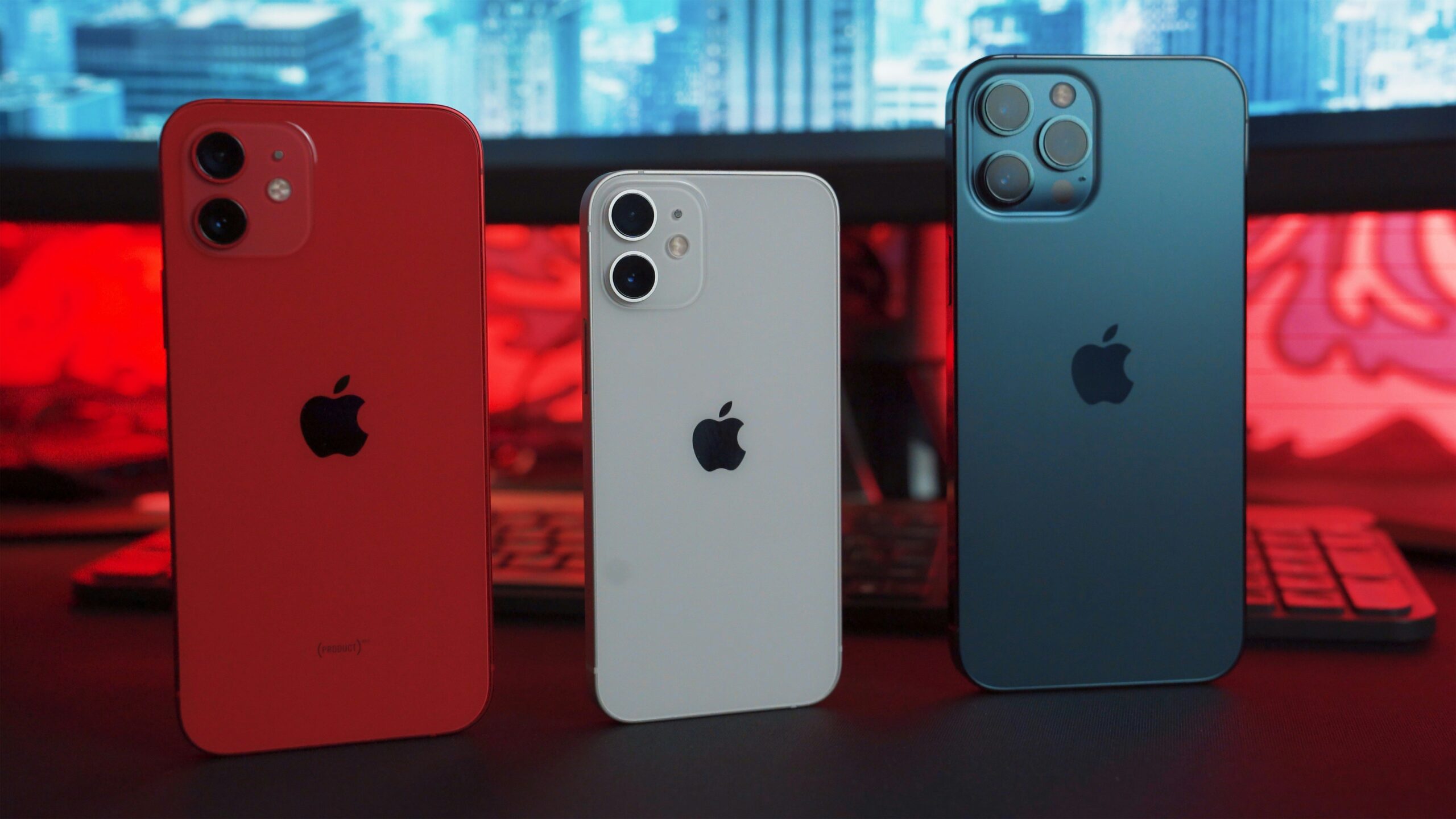
With the drastic rise in mobile phone “snatch thefts” across the UK, it’s crucial to take pre-emptive measures to secure your iPhone and its data. Staying vigilant and aware of your surroundings when using your iPhone in public is still the best way to minimize the risk of theft and not have to deal with the inconvenience phone theft causes, however, Apple do provide a range of security settings that can be crucial in the event of your device being stolen.
Modern iPhones include:
- Stolen Device Protection which, when activated, helps prevent unauthorised access, requiring biometric authentication (Face ID) or a passcode for critical changes to the device.
- Automatic lock screen after 30 seconds, which minimises the chance of unauthorised access.
- Face ID and strong, unique passcodes to further enhance security. iPhones do give the option of either a 4 digit or 6 digit PIN so it would be highly recommended to choose a unique 6 digit PIN to make it more difficult to guess.
- Add Face ID protection onto specific apps to prevent unauthorised access to any specific application, such as authenticators, MFA tools or social media applications that may contain sensitive information.
- Airplane Mode can be restricted to require Face ID, preventing thieves from quickly cutting off tracking.
- The ability to disable the Control Centre on the lock screen to prevent thieves from quickly enabling Airplane Mode, which would block tracking efforts.
- Find My iPhone which, when turned on, allows you to locate your device remotely if it is ever stolen.
- Live tracking for specific contacts in messaging. Enabling this feature for a trusted friend or family member in your contacts can be an additional measure to track where your device in the event of it being stolen.
- Lost Mode, which can be enabled through ‘Find My’. This feature locks the device, displays a message with a contact number, and tracks its location.
- Account Recovery Contacts can be set up under your Apple ID settings ensuring a backup option for regaining access if needed.
If retrieval is unlikely, remotely erasing your iPhone can be a crucial step in protecting your data. A precautionary measure to take prior to a phone theft is regularly backing up your iCloud to ensure you will have full access to of your data on a new phone in the event of a phone theft and the need to remotely erase all data from the stolen device.
Reporting Your Device Stolen
Reporting the theft to the Police and providing your IMEI number (found in your device settings or original packaging) is also crucial. Contacting your mobile provider to cancel your SIM card prevents unauthorised use and potential fraud.
If you have phone insurance, you’ll need to provide details such as the police report and IMEI number to proceed with your claims process. The quicker you do this, the quicker you can proceed with normality.
By following these steps, you can ensure a swift and efficient response if the worst happens. Taking these precautions will help safeguard your iPhone, your personal information, and your peace of mind.